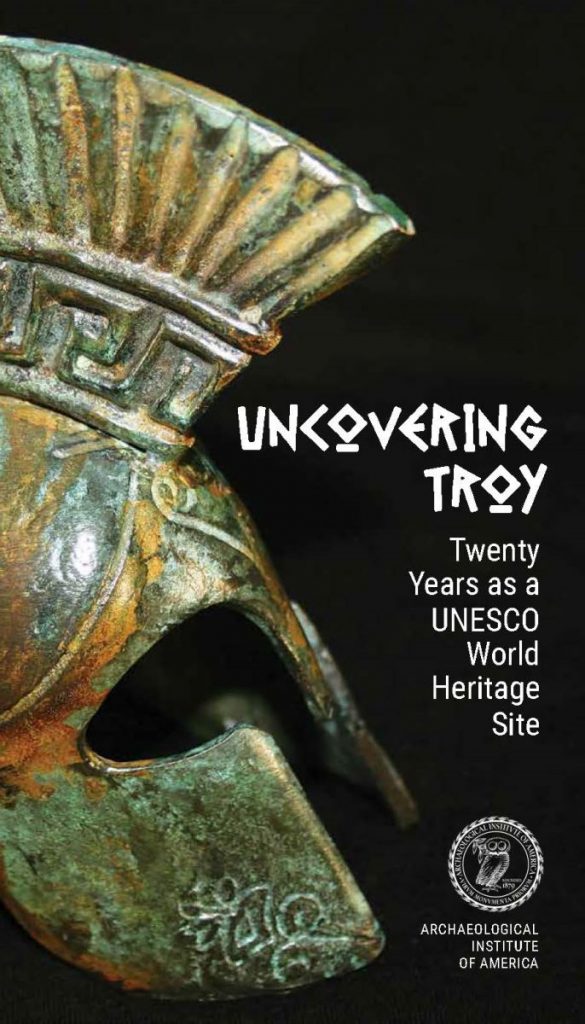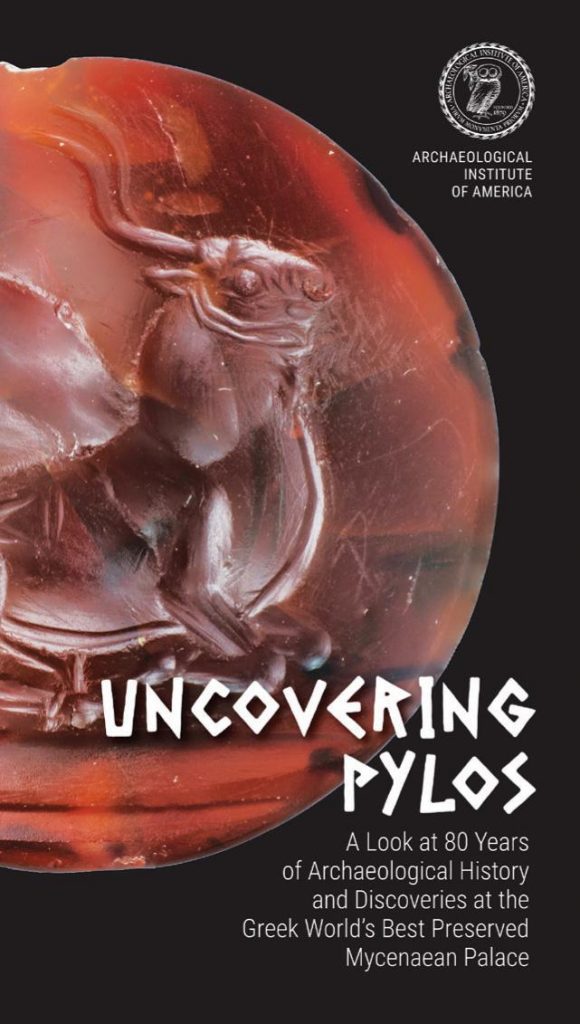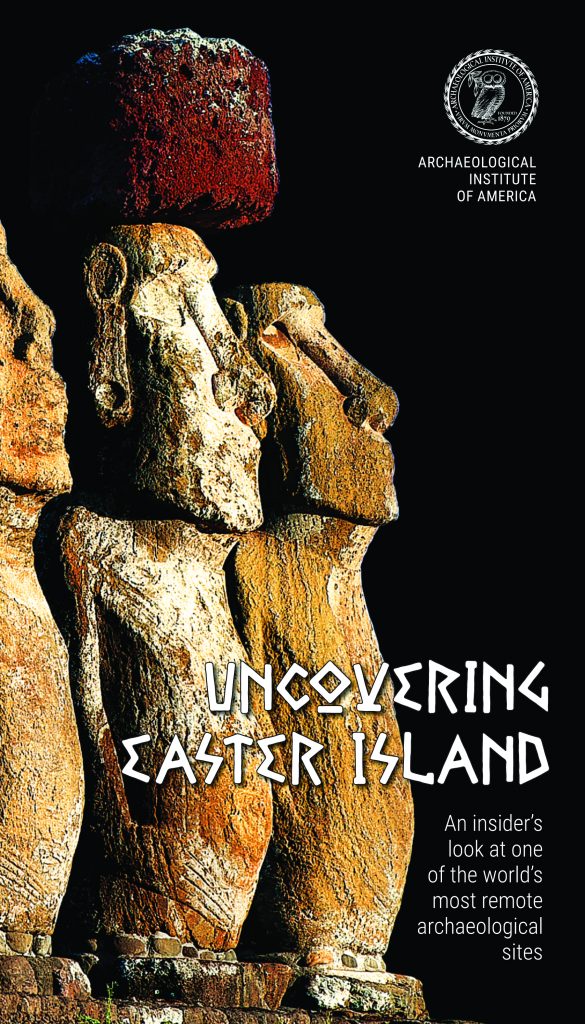For over 140 years, the AIA has worked to support archaeological research, fieldwork, preservation, and education. Your gift to the Annual Fund will help the Institute advance this mission and create a bright future for archaeology!
The AIA’s tax identification number is 13-5669180.
Prefer PayPal? Go to our PayPal donation page to process your gift.
If preferred, checks can be mailed to the following address:
Archaeological Institute of America
c/o Development Department
2000 Commonwealth Avenue, Suite 415
Auburndale, MA 02466
Please write ‘Annual Fund’ or ‘Uncovering Offer’ (if applicable) on the memo line.
We’re offering special bundles of our Uncovering publications where you can receive one, two, or all three series editions. These limited-edition publications bring you the newest research and excavation updates unique to each of these iconic archaeological sites.
You can receive:
Uncovering Easter Island for a minimum donation of $35
Any two Uncovering publications for a minimum donation of $45
All three Uncovering publications (Troy, Pylos, and Easter Island) for a minimum donation of $75

Uncovering Troy
Troy is one of the best-known sites in the ancient world. During the Bronze Age, nearly 3,500 years ago, this was the location of the Trojan War, the epic battle chronicled by the ancient Greek poet Homer. This exciting volume provides an overview of Troy’s history and of the significant finds made by archaeologists who have worked there since it was discovered in 1871.

Uncovering Pylos
Like Troy, the ancient site of Pylos figures in the Trojan War as the home of the famous king Nestor, whose palace was discovered there nearly a century ago. Since then, archaeologists have worked to uncover extraordinary architecture and artifacts of the Mycenaean age, including the spectacular tomb of the Griffin Warrior, whose riches are revealed in these pages.

Uncovering Easter Island
On this remote Pacific island, beginning about 1,000 years ago, Indigenous people carved the enormous stone moai. Read about how these ingenious artists created and moved the immense statues, theories of what may have happened to the island’s ancient inhabitants, and how today’s Rapanui people are embracing these stunning monuments of their past.